Think you know Canada? Sure, there’s hockey, maple syrup, and friendly people. But did you know this vast country is also home to the world’s longest coastline, a UFO landing pad, and consumes more mac and cheese than anywhere else? Get ready to discover what I’m about to share in this blog post: 17 fun facts about Canada. Even if you’re a Canadian citizen, a newcomer to Canada, or you’re aspiring to visit this great country, I am sure you don’t know all the facts in this post about Canada. So, let’s get started.
Brief history of Canada
Canada’s history stretches back thousands of years, long before European arrival. Indigenous peoples, such as First Nations, Inuit, and Métis, thrived across the land. They had rich cultures and diverse societies.
European explorers and settlers arrived in the 16th century. They were mainly French and British. This led to a time of colonization and conflict. The struggle for control culminated in the Seven Years’ War. The British then solidified their dominance.
Years of evolving self-governance followed. In 1867, a landmark moment occurred with Confederation, uniting several colonies into the Dominion of Canada. This act marked a critical step towards independence, though ties to Britain remained.
Through the 20th century, Canada forged its own path. It played a key role in both World Wars and became a respected nation on the world stage. The journey has complexities and challenges. This is especially true for Indigenous rights. But, Canada today is a diverse, multicultural, and progressive nation.
17 Fun and interesting facts about Canada
1. Canada has the longest coastline in the world

Canada is known for its vast and diverse natural landscapes. One notable feature that sets it apart is its incredible coastline. Canada has over 244,000 kilometres (151,600 miles) of coastline. This makes it the longest coastline in the world. It stretches from the Atlantic Ocean in the east to the Pacific Ocean in the west and the Arctic Ocean in the north. Canada’s coastline offers breathtaking views, picturesque beaches, and abundant marine life.
The long coastline has many opportunities for activities. These include fishing, boating, kayaking, and wildlife watching. You might be exploring the rugged cliffs and fjords of Newfoundland and Labrador. Or, take a leisurely stroll along the sandy shores of British Columbia. Canada’s coastline is a paradise for nature lovers.
Not only is the coastline a scenic wonder, but it also plays a vital role in the country’s economy. It supports thriving fisheries. It provides trade routes. And, it helps Canada’s tourism. From bustling port cities to quaint coastal towns, the coastline is a hub of activity and a source of inspiration for many.
Exploring Canada’s coastline is a remarkable experience. It allows you to witness the immense beauty of the country’s natural environment. Are you an adventurer seeking new horizons? Or, are you simply looking to relax by the sea? Canada’s coastline offers endless possibilities.
Read Also: The Ultimate Canada Travel Guide
2. Canada is the second-largest country in the world
Canada is the second-largest country in the world by land area. It has ten provinces and three territories, spanning from north to south. The country covers about 9.98 million square kilometers. Its vast territory stretches from the Atlantic Ocean to the Pacific Ocean. Canada is bordered by the United States to the south and the Arctic Ocean to the north.
Canada is immense in size. This country has diverse landscapes and ecosystems. It ranges from stunning mountain ranges, like the Canadian Rockies and the Coastal Mountains. It also includes expansive forests, prairies, and tundra. The country’s vastness also includes picturesque coastlines, countless islands, and numerous lakes and rivers. Canada is a nature lover’s paradise.
3. There are 38.25 Million people in Canada

Canada, known for its vast land, is also home to a significant population. As of the latest data, there are approximately 38.25 million people residing in the country. Canada has diverse demographics. It has a multicultural society. It offers a vibrant and inclusive environment for its residents.
Over the years, factors like immigration and natural population growth have contributed to Canada’s steadily growing population. This makes Canada one of the most populous countries in the world. The country’s population density, however, remains relatively low compared to some other nations.
Canada’s population is spread across its provinces and territories. The majority of people reside in urban areas. Cities like Toronto, Montreal, and Vancouver are known for their bustling populations and cultural diversity. These urban centers serve as economic, cultural, and social hubs. They attract people from various backgrounds.
| Province/Territory | Population |
|---|---|
| Ontario | 14,755,532 |
| Quebec | 8,485,611 |
| British Columbia | 5,145,851 |
| Alberta | 4,413,457 |
| Manitoba | 1,369,545 |
| Saskatchewan | 1,181,987 |
| Nova Scotia | 979,115 |
| New Brunswick | 780,890 |
| Newfoundland and Labrador | 523,790 |
| Prince Edward Island | 159,625 |
| Northwest Territories | 45,812 |
| Yukon | 42,052 |
| Nunavut | 38,780 |
The numbers show how Canada’s population is spread across its provinces and territories. They highlight the varying population sizes and give an idea of the population density in different regions of the country. Canada’s diverse population contributes to its rich cultural fabric. This makes it a welcoming and inclusive nation known for its multiculturalism.
4. Canada has 38 national parks and 10 national park reserves

Canada is known for its stunning natural landscapes. Its national parks and reserves play a significant role in preserving and showcasing the country’s biodiversity. With 38 national parks and 10 national park reserves, Canada offers outdoor enthusiasts and nature lovers a diverse range of experiences.
Banff National Park has rugged mountains. The Pacific Rim National Park Reserve has unique coastal ecosystems. Each has its own charm and beauty. Visitors can explore awe-inspiring glaciers, pristine lakes, dense forests, and abundant wildlife.
One of the most famous national parks in Canada is Alberta’s Banff National Park, located in the Rocky Mountains in Alberta. It is Canada’s oldest national park and a UNESCO World Heritage Site. The park is home to stunning turquoise lakes. Examples are Lake Louise and Moraine Lake. It offers chances for hiking, camping, and seeing wildlife.
Another notable national park is Jasper National Park. It is also located in the Rocky Mountains. Jasper is the largest national park in the Canadian Rockies. It is known for its breathtaking landscapes. These include the Columbia Icefield, the Athabasca Falls, and the scenic Icefields Parkway. Read my article about the 10 natural landmarks in Canada. It has more about Canada’s national parks.
| National Parks | Location | Year Established |
|---|---|---|
| Banff National Park | Alberta | 1885 |
| Jasper National Park | Alberta | 1907 |
| Yoho National Park | British Columbia | 1886 |
| Gros Morne National Park | Newfoundland and Labrador | 1973 |
| Waterton Lakes National Park | Alberta | 1895 |
| Cape Breton Highlands National Park | Nova Scotia | 1936 |
| Wood Buffalo National Park | Alberta and Northwest Territories | 1922 |
Read Also: Guide on how to immigrate to Canada
5. Canada produces 85 percent of the world’s maple syrup
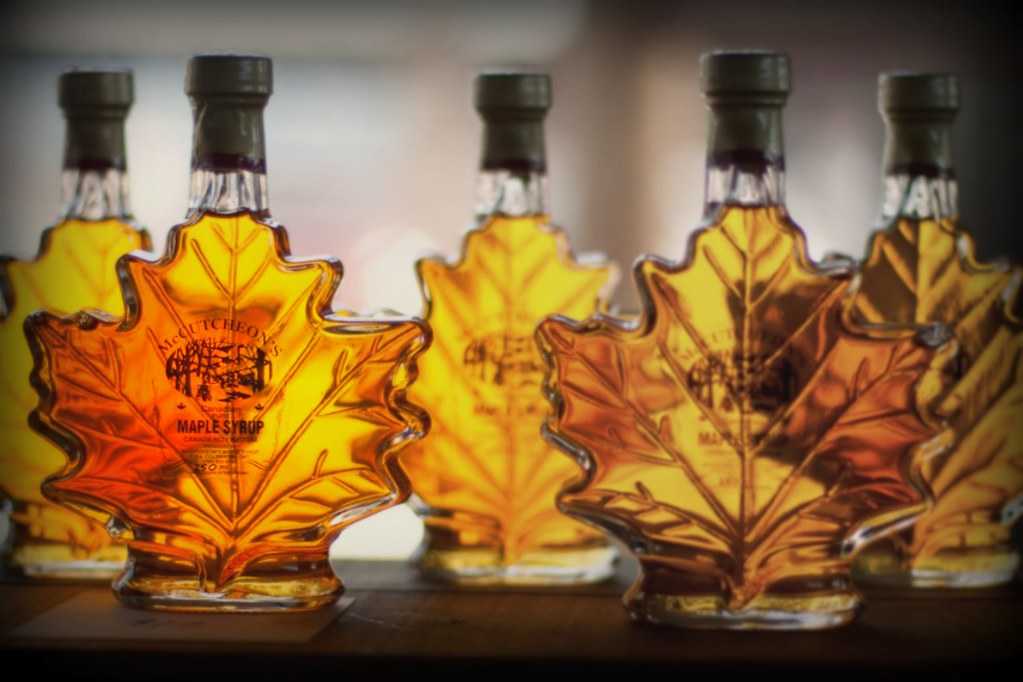
When it comes to maple syrup production, Canada takes the crown. This sweet, liquid gold is one of Canada’s most iconic exports. Canada has vast forests of maple trees. Because of this, it produces a staggering 85 percent of the world’s maple syrup supply. The cool climate and good soil in regions like Quebec and Ontario make them perfect for growing maple trees.
The process of maple syrup production begins in the early spring when the sap from maple trees is collected. Skilled maple syrup producers are known as “sugar makers.” They carefully tap the trunks of maple trees and collect the sap in buckets or through tubes. The sap is then boiled down to remove the water content, resulting in the rich, sweet maple syrup that we all know and love.
Maple syrup is not only delicious but also versatile. It’s the perfect topping for pancakes, waffles, and French toast, and can also be used as a natural sweetener in baking and cooking. Canada is committed to making maple syrup. This commitment ensures a steady supply of the sweetener. It’s for both domestic and international markets.
So, the next time you enjoy a stack of pancakes drizzled with maple syrup, remember that it likely came from the maple trees of Canada, where this golden syrup is a true national treasure.
6. Canada is one of the most educated countries in the world

Canada has a strong reputation for its high-quality education system. This makes it one of the most educated countries globally. The country places a great emphasis on providing accessible and inclusive education to its citizens. This has resulted in a highly educated population.
Canada is home to several prestigious universities. These universities consistently rank among the top in the world. They offer a wide range of academic programs and research opportunities. This has attracted students from around the globe. Canadian universities are known for their cutting-edge research.
They use innovative teaching and are committed to excellence. Furthermore, Canada invests heavily in education. Significant government funding is allocated to support schools and universities. This financial commitment enables schools to provide modern facilities, resources, and support to students. This ensures a conducive learning environment.
7. Canada holds 20% of the world’s freshwater
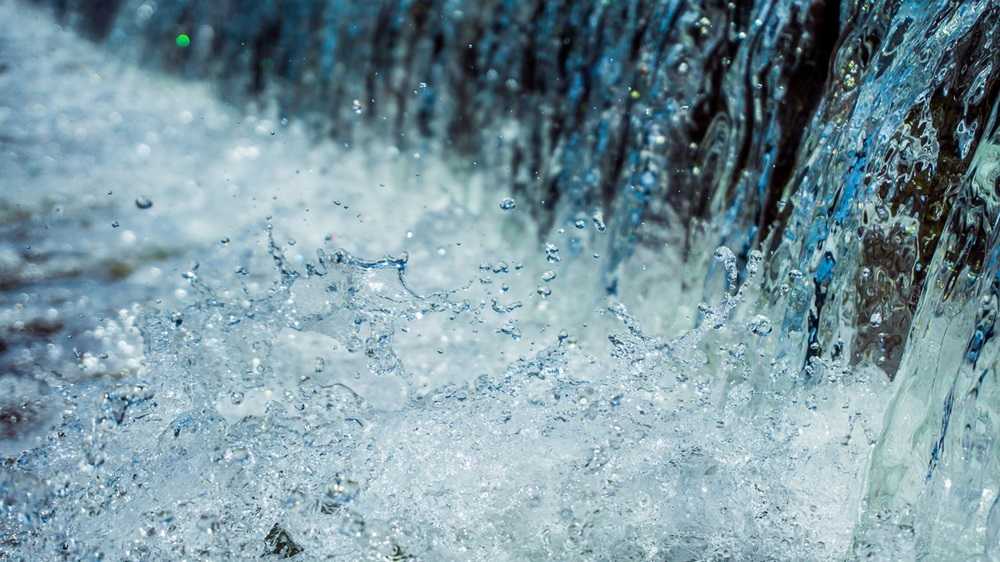
Canada has vast reserves of freshwater. It has numerous lakes, rivers, and glaciers, holding approximately 20% of the world’s freshwater resources. This abundance of water not only contributes to the country’s natural beauty but also plays a crucial role. It provides clean drinking water, supports ecosystems, and powers hydroelectricity.
Canada’s freshwater environments are truly spectacular. From the majestic Niagara Falls to the stunning turquoise waters of Moraine Lake. It is no wonder that Canadians hold great pride in their water bodies. They strive to protect and preserve them for future generations.
Canada’s freshwater resources are essential for various industries. These include agriculture, fishing, and manufacturing. Furthermore, the country is committed to sustainable water management. This commitment makes it a global leader in water stewardship.
8. Canada has the longest street in the world

Canada is known for its vast landscapes and impressive landmarks. One of the fascinating records it holds is having the longest street in the world. This street is called Yonge Street, and it is located in Toronto, Ontario. It stretches about 1,896 kilometers (1,178 miles).
It goes from Lake Ontario in Toronto to Rainy River near the Minnesota border. This iconic street offers a glimpse into the rich history and vibrant culture of Canada.
Yonge Street is not only renowned for its length but also for its significance in the development of the city of Toronto. Lieutenant Governor John Graves Simcoe originally laid it out in 1793. Yonge Street played a vital role in the early settlement and growth of Toronto.
Today, it is a bustling avenue. It is lined with shops, restaurants, theatres, and historical landmarks. This makes it a popular destination for both locals and tourists.
Read Also: Alberta Travel Guide
9. Basketball was invented by a Canadian

Basketball, one of the most popular sports worldwide, has its roots in Canada. The game was invented by James Naismith, a Canadian physical education instructor, in December 1891. Naismith was looking for a new indoor activity to keep his students active during the winter months.
He wrote down a set of 13 basic rules and hung a peach basket as the target at each end of the gymnasium. The objective of the game was to throw a soccer ball into the opposing team’s basket while following the rules.
Naismith’s invention quickly gained popularity and spread beyond the confines of the gymnasium. The sport’s simple rules and accessibility made it suitable for people of all ages. Today, basketball is played at many levels. These range from recreational leagues to pro competitions like the NBA.
10. Canada is the origin of Hawaiian Pizza

Did you know that Canada is the birthplace of the famous Hawaiian pizza? This beloved pizza topping combination features ham and pineapple. It was first created by Sam Panopoulos, a Greek immigrant to Canada, in 1962. Panopoulos and his brothers owned a small pizza restaurant in Chatham, Ontario. They decided to experiment with unconventional pizza toppings.
The Hawaiian pizza was inspired by the sweet and savoury flavours of a Chinese dish the Panopoulos brothers had tried. The dish blended ham with canned pineapple. Intrigued by this unique combination, they decided to give it a try on a pizza. Little did they know that their creation would become one of the most polarizing debates in pizza history.
The Hawaiian pizza quickly gained popularity in Canada and eventually spread worldwide. While it has its fair share of devoted fans, it also faces considerable criticism from those who argue that pineapple has no place on a pizza. Still, Hawaiian pizza is a staple in many pizzerias. It sparks lively debates among pizza lovers.
11. Canada houses 10 UNESCO sites

Canada is a country rich in natural and cultural heritage. This is evident from its 10 UNESCO World Heritage Sites. These sites have been recognized for their outstanding universal value. They are carefully protected to preserve their significance for future generations. Let’s take a closer look at these remarkable locations:
| Site | Location | Description |
|---|---|---|
| Gros Morne National Park | Newfoundland and Labrador | A stunning landscape shaped by glaciers and tectonic activity, provides unparalleled geological insights. |
| L’Anse aux Meadows National Historic Site | Newfoundland and Labrador | Home to the remains of the first European settlement in North America, established by Vikings over 1,000 years ago. |
| Nahanni National Park | Northwest Territories | A breathtaking wilderness with untamed rivers, deep canyons, and stunning waterfalls, showcases the power of nature. |
| Dinosaur Provincial Park | Alberta | A fossil-rich site that provides a glimpse into the ancient world, with remains of dinosaurs and other prehistoric creatures. |
| Head-Smashed-In Buffalo Jump | Alberta | An archaeological site featuring evidence of an ancient hunting technique used by Indigenous peoples for thousands of years. |
| Wood Buffalo National Park | Alberta and Northwest Territories | The largest national park in Canada, home to the world’s largest herd of free-roaming wood bison and the endangered whooping crane. |
| Waterton Glacier International Peace Park | Alberta and Montana (USA) | A symbol of international cooperation, this park combines Waterton Lakes National Park in Canada and Glacier National Park in the USA. |
| SGang Gwaay | British Columbia | A remote Haida village site that provides insights into the vibrant culture and artistry of the Haida people. |
| Sg̱ang Gwaay Llnagaay | British Columbia | An important archaeological and cultural site, featuring carved totem poles that reflect the history and traditions of the Haida people. |
| Joggins Fossil Cliffs | Nova Scotia | A treasure trove of fossils that reveal the evolution of life on Earth and provide evidence of the world’s first reptiles. |
These UNESCO World Heritage sites in Canada embody the country’s diverse heritage and natural wonders. These range from fascinating geological formations to ancient historical sites. They show visitors Canada’s great impact on the world. Both culturally and naturally.
12. The national animal of Canada is the Beaver
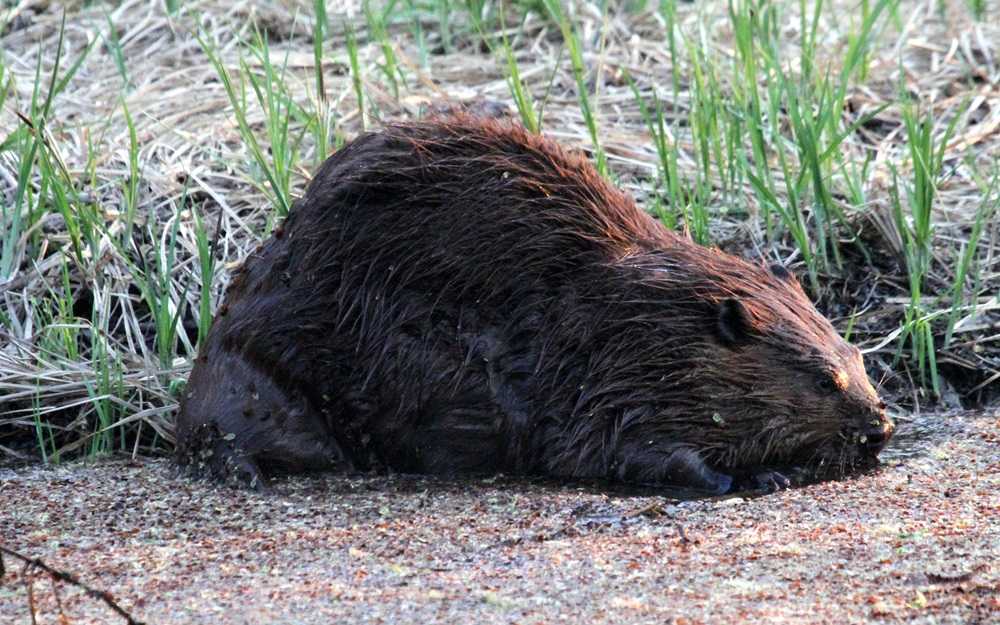
The national animal of Canada is the beaver, which became the national animal of Canada in 1975. This iconic animal is very important to First Nations people. It is a symbol of hard work and perseverance.
During the fur trade era, beaver pelts were highly sought after in Europe. People wanted them for their warmth and water resistance. This led to extensive exploration and trade routes across Canada. The beaver’s importance even led to its inclusion on the Hudson’s Bay Company coat of arms. This company has one of the oldest commercial symbols in the world.
The beaver is historically significant. It also holds symbolic value as a creature. It is known for resourcefulness and determination. Beavers are known as “nature’s engineers.” They can dramatically alter landscapes by building dams and lodges. They have a tireless work ethic. They can change their environment.
This is like the hard-working spirit often linked to Canadians. Today, the beaver stands as a beloved symbol of Canada. It shows its rich history. It also shows the unique wildlife and the hardworking nature of its people.
13. There are many famous musicians from Canada

Canada has produced many talented musicians. They have made a significant impact on the global music scene. Canadian musicians have garnered international recognition for their talent and creativity. This is true in rock, pop, country, jazz, and more.
One of the most iconic Canadian musicians is Justin Bieber. His rise to fame started with his YouTube videos. Now, he’s become a worldwide sensation. His catchy pop hits have topped the charts and garnered millions of fans around the world.
Another renowned Canadian musician is Avril Lavigne. She’s known for her punk-rock style and catchy anthems. Her rebellious and relatable lyrics have resonated with fans of all ages. They have solidified her place in the music industry.
Drake, a rapper, singer, and songwriter, has also made a lasting impact on the music industry. His unique blend of hip-hop and R&B has garnered critical acclaim and commercial success. This has made him one of the most influential artists of the decade.
Celine Dion is a Canadian music legend known for her powerful vocals and emotional ballads. Her career spans several decades. Dion has become one of the bestselling artists of all time. She captivates audiences around the world with her stunning performances.
Canadian musicians have also made their mark in the rock genre. Bands like Rush and Nickelback have achieved phenomenal success. Their distinctive sound and energetic performances have earned them dedicated fan bases worldwide.
The diversity of Canadian music is showcased by artists like Shania Twain. She represents the country music realm. Her crossover appeal and catchy tunes have made her one of the bestselling female artists in the genre.
Leonard Cohen is an acclaimed singer-songwriter. He is known for his poetic lyrics and soul-stirring performances. His songs are introspective and thought-provoking. They have earned him a dedicated following and critical acclaim.
These are just a few examples of the many talented musicians that Canada has produced. The country’s vibrant music scene continues to thrive. It continually produces new and diverse talent that makes a lasting impact on the global stage.
Read Also: Best provinces in Canada to live
14. The British Monarch is the head of state of Canada
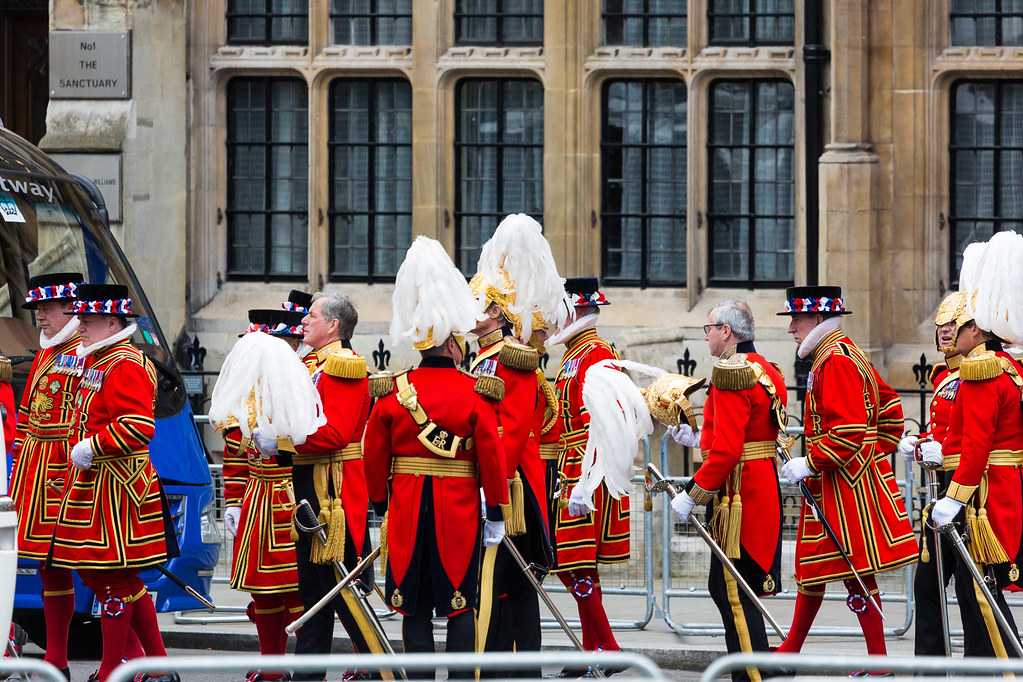
Canada is a constitutional monarchy, which means that the country’s head of state is a monarch. In Canada, the British monarch is the head of state. They serve as the country’s symbolic representatives. The reigning British monarch’s role is largely ceremonial and non-political. Executive power is exercised by the Prime Minister and the Parliament of Canada.
Canada is a member of the Commonwealth. It recognizes the British Monarch as the formal head of state. This unique arrangement shows Canada’s historical, cultural, and political ties with the United Kingdom. The British monarch’s role emphasizes the ongoing relationship. It also highlights the importance of Canada’s British heritage.
Overall, the British Monarch’s role in Canada symbolizes the country’s connection to its past. It also shows its place within the Commonwealth. The British Monarch’s powers in Canada are limited. But, their presence reminds us of the longstanding relationship.
15. The maple leaf is a symbol of Canada

The maple leaf holds a special place in the hearts of Canadians and is revered as a national emblem. It has come to represent the identity, unity, and beauty of Canada, both domestically and internationally. The maple leaf symbolizes the country’s natural abundance and rich cultural heritage.
The iconic red maple leaf features prominently on the Canadian flag, which was officially adopted on February 15, 1965. The flag, also known as the “Maple Leaf Flag,” proudly displays a single red maple leaf centered on a white square with a vertical red stripe on each side.
The maple leaf is a symbol of Canada. Its history dates to the early 18th century, when French explorers saw the native population’s love for the maple tree and its leaf. Over time, the maple leaf became synonymous with Canada and its values of peace, tolerance, and diversity.
The maple leaf’s symbolism extends beyond the national flag. It is a common motif used in Canadian sports teams’ logos, government insignia, and numerous brand identities. The maple leaf is also praised for its vibrant colours in the fall. They attract tourists from around the world to see the beautiful display of maple trees. The trees turn shades of red, orange, and gold.
Whether it’s adorning souvenirs, coins, or stamps, the presence of the maple leaf evokes a sense of pride and unity among Canadians. It serves as a reminder of the country’s natural beauty, cultural diversity, and shared values that shape the Canadian identity.
16. Canada is home to UFO landing pad
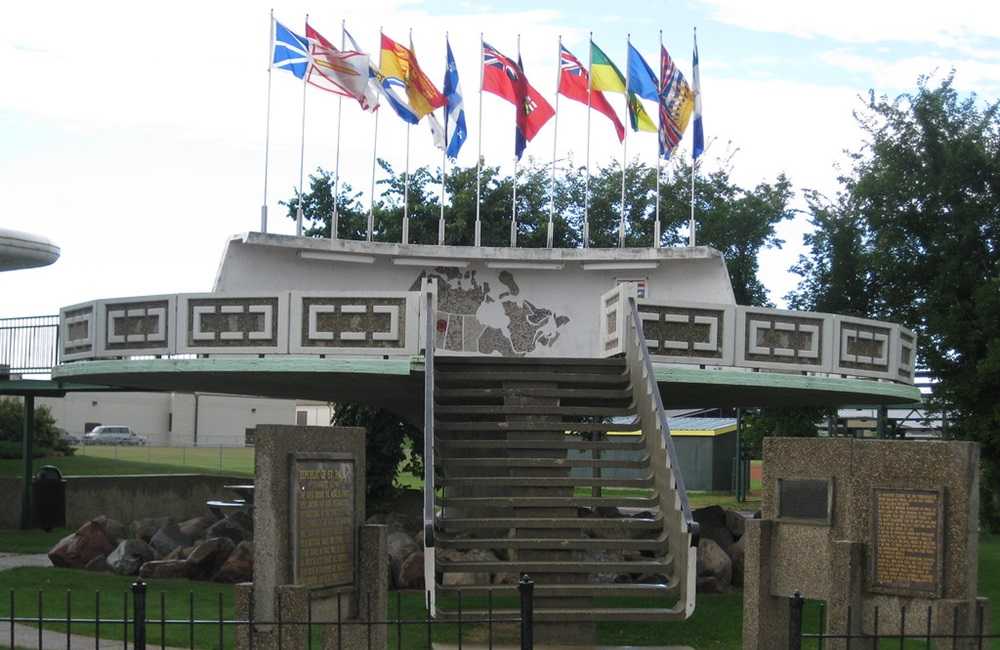
Get ready to have your mind blown, because Canada boasts the world’s first UFO landing pad! It was built in 1967 in St. Paul, Alberta. This unique landmark was a bold Centennial project meant to welcome possible extraterrestrial visitors. The concrete platform is massive, weighing over 130 tons, and features a time capsule set to be opened in 2067.
The UFO landing pad isn’t just a quirky piece of Canadian culture; it speaks to the country’s sense of humor and openness to the unexpected. A tourist information center stands nearby.
It showcases UFO memorabilia such as crop circle photos and stories of unexplained sightings. Whether you believe in little green men or not, St. Paul’s UFO landing pad is a testament to Canada’s willingness to embrace the out-of-this-world!
17. Canada consumes more mac and cheese than anywhere else

Canadians have a cheesy secret: they adore Kraft Dinner (that’s their name for boxed macaroni and cheese)! It turns out, that Canadians consume 55% more of this cheesy goodness per person than Americans do. That translates to a whopping 3.2 boxes of KD consumed per Canadian every year! Some even claim that former Prime Minister Paul Martin declared it his favorite food.
Whether it’s the ultimate comfort food or a convenient staple, Kraft Dinner holds a special place in Canadian hearts (and stomachs). Even fancy restaurants sometimes put gourmet spins on the classic dish. This proves that Canada’s love of mac and cheese is for all ages and culinary levels.
Conclusion: Fun facts about Canada
Canada is a country of fascinating facts and surprising insights. From its vast coastline to its impressive size, Canada never fails to leave a lasting impression. With a population of 38.25 million people, it is a land of diversity and opportunity.
Canada boasts breathtaking natural beauty with its 38 national parks and 10 national park reserves. It also holds the title of producing 85 percent of the world’s maple syrup. This sweet treat has become synonymous with Canadian culture.
Education is highly valued in Canada, and it proudly ranks among the most educated countries in the world. Additionally, Canada’s abundance of freshwater, which constitutes 20% of the world’s supply, is a source of pride and responsibility for the nation.
Canada’s contributions extend beyond the natural world. The country can claim the invention of basketball and the creation of the beloved Hawaiian pizza. Also, it is home to 10 UNESCO sites that showcase its rich history and cultural heritage.
As you explore Canada, you’ll discover the deep musical roots that have fostered world-renowned talent. And while Canada operates as an independent country, the British monarch remains its symbolic head of state.
The iconic maple leaf stands proud as a national symbol, representing Canada’s unique identity and unity. From coast to coast, Canada is a remarkable country that never ceases to amaze.
FAQs: Facts about Canada
What are some interesting facts about Canada?
There are many interesting facts about Canada. For example, Canada is the second largest country in the world, known for its diverse landscapes, vibrant cities, and friendly people.
How many people live in Canada?
Canada is home to a diverse population, with over 38 million people in Canada as of 2021. The country is known for its multiculturalism and welcoming attitude towards immigrants.
What are some parts of Canada worth exploring?
Canada is a vast country with many interesting and diverse regions. From the stunning Rocky Mountains in Alberta to the historic Old Quebec City in Quebec, there is something for everyone to discover.
What is special about the province of Quebec?
Quebec is a unique province in Canada known for its French heritage, vibrant culture, and delicious maple syrup. It is the largest province by land area and offers a blend of European charm and North American modernity.
What are the people in Canada like?
Canadians are known for their friendly and polite nature. They value diversity and inclusivity, and they are proud of their natural and cultural heritage.





